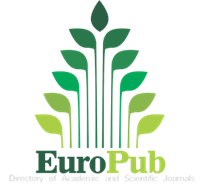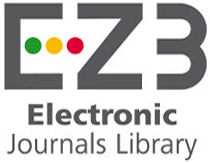Abstract
Introduction: Subcutaneous mycosis (SM) is a fungal infection involving dermis and subcutaneous tissue, which can disseminate slowly through systemic blood or lymphatic circulation. The subacute or chronic infection usually found in workers of rural tropical and subtropical area. SM occurs due to trauma along with other predisposing factors such as sex, genetic and occupation.
Aim: To identify the types of SM, its clinical findings, laboratory work-up and the treatment at the Dermatomycology Division, Department of Dermatology and Venereology dr. Cipto Mangunkusumo National Hospital between the year 1989 and 2013.
Method: This retrospective study collected data from medical records and case reports of patients with SM who came at Department of Dermatology and Venereology dr. Cipto Mangunkusumo National Hospital (1989-2013).
Results: We found 16 cases of SM, i.e. subcutaneous mucormycosis (5 cases), eumycetoma (4 cases), actinomycetoma (4 cases) and chromoblastomycosis (3 cases). There was a greater number of male than female patients ratio (3:1) and mostly were in the age group of 25-44 years. The direct microscopic examination did not reveal any fungal element, except for black spora in chromoblastomycosis (1 case). The culture revealed Basidiobolus ranarum in subcutaneous mucormycosis (5 cases), Nocardia transvalensis in actinomycetoma (1 case) and Phialophora sp. in 1 case of chromoblastomycosis. On histopathological examination, we found fine granules of actinomycetoma, sulphuric granules of actinomycetoma, coenocytic hyphae of subcutaneous mucormycosis, eosinophilic granule in 1 case of mycetoma and hyphae with black spore in chromoblastomycosis.
Conclusion: SM is still a rare disease, comprehensive management of SM needs supporting laboratory work-up, particularly the histopathological examination.
Recommended Citation
Yahya, Sammy; Widaty, Sandra; Miranda, Eliza; Bramono, Kusmarinah; and Islami, Artini Wijayanti
(2016)
"Subcutaneous mycosis at the Department of Dermatology and Venereology dr. Cipto Mangunkusumo National Hospital, Jakarta, 1989-2013,"
Journal of General - Procedural Dermatology & Venereology Indonesia: Vol. 1:
Iss.
2, Article 1.
DOI: 10.19100/jdvi.v1i2.30
Available at:
https://scholarhub.ui.ac.id/jdvi/vol1/iss2/1
Included in
Dermatology Commons, Integumentary System Commons, Skin and Connective Tissue Diseases Commons































